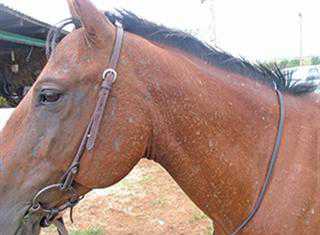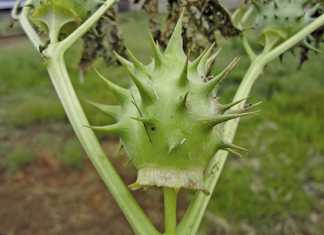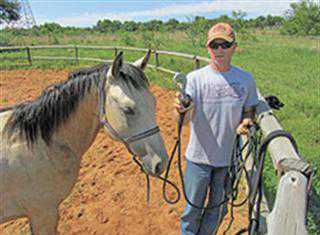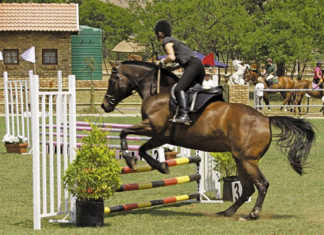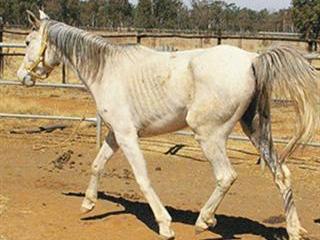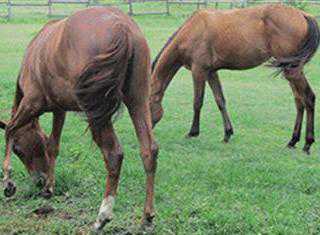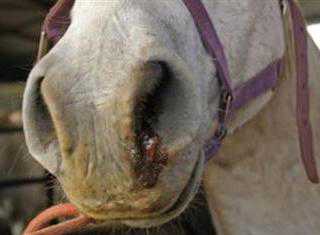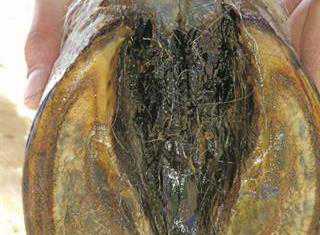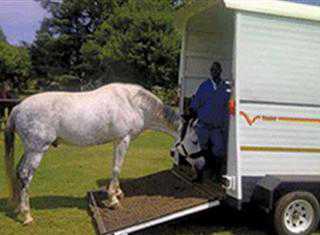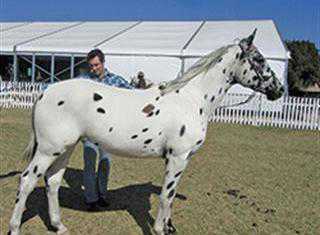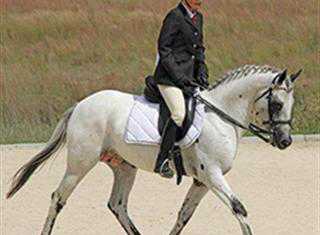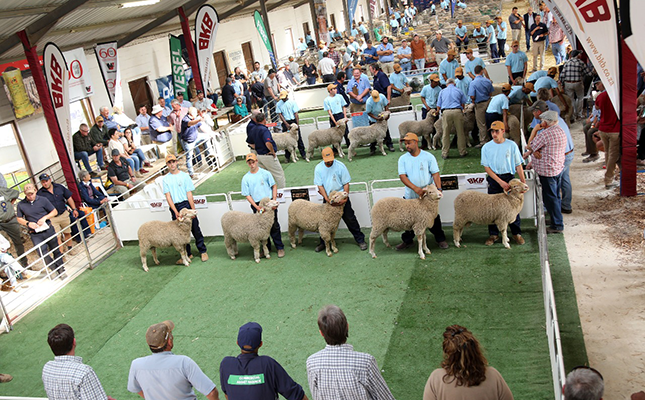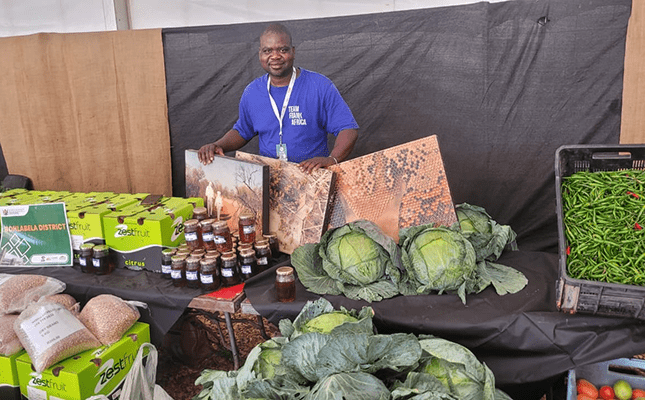Sweet itch or grass mange?
During summer, many horses develop itchy, hairless patches on their heads and necks. What causes this and how do you deal with it? Dr Mac tells you more.
Symptoms of Datura poisoning in horses
Although fairly common in most paddocks, Datura is most definitely not your horse’s friend.
Jumping high!
There are several ways of overcoming your fear of jumping, says Kim Dyson. And the feeling of being out of control and of being lifted off the ground could become...
The basics of feeding your horse – Part 1
After buying a horse, it’s very important to know what to feed your new equine friend. Kim Dyson gives some useful feeding tips.
The basics of feeding your horse – Part 2
Kim Dyson looks at the appropriate feeding rations for your equine sidekick.
Watch that posture
Being able to tell the difference between normal and abnormal posture will help you catch illnesses earlier, says Dr Mac.
Beware of blood!
Blood coming out of any part of your horse can be terrifying, but if its nose is bleeding, one of the causes could be guttural pouch disease, warns Kim Dyson.
Sheared heels
A cause of sudden lameness in equine athletes, sheared heals is a painful condition that may require the services of a specialist veterinary farrier, says Dr Mac.
Boxing clever
A horsebox is a moving black hole and persuading your best friend to enter it requires patience, says Kim Dyson.
Amazing Appaloosa patterns
These horses are very popular in South Africa, but consistently breeding a particular pattern of spots is complicated, says Dr Mac.
Equine elegance
It requires great skill – and strength – for a rider to appear to do nothing while their horse moves at one with them, says Kim Dyson.
ADVERTISEMENT
MUST READS
ADVERTISEMENT
ADVERTISEMENT

